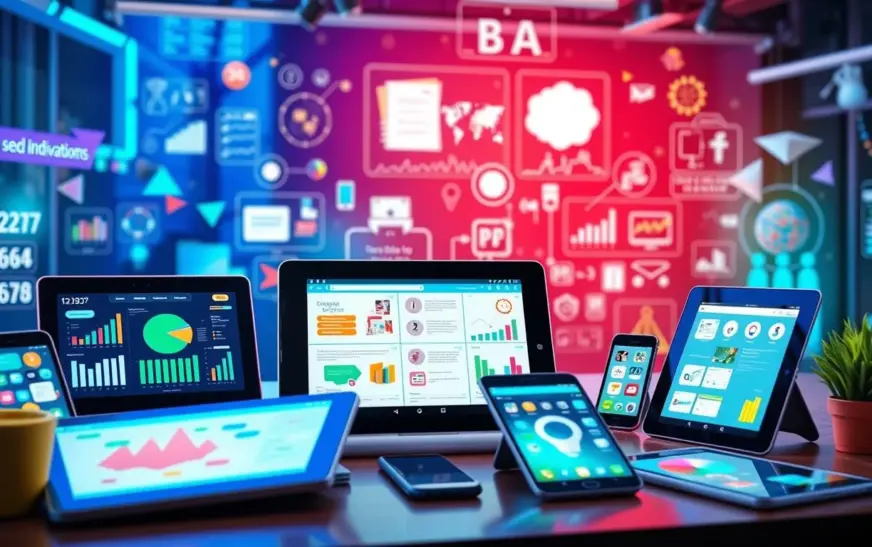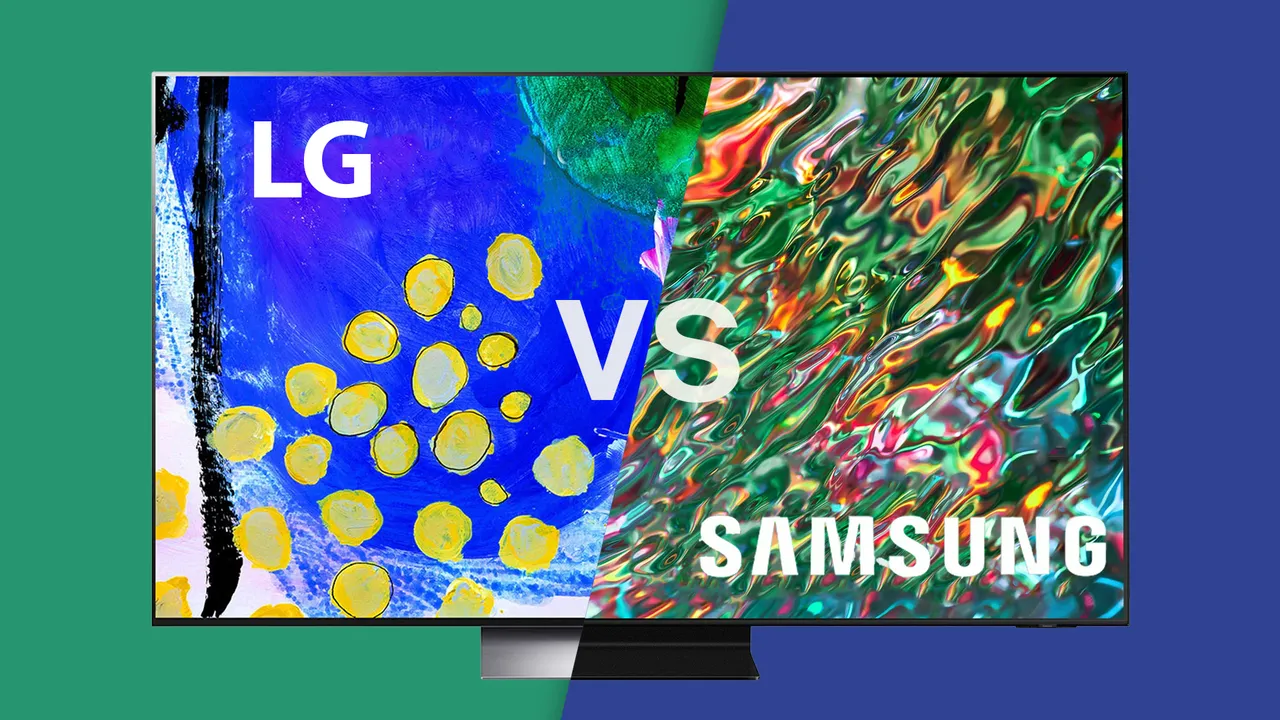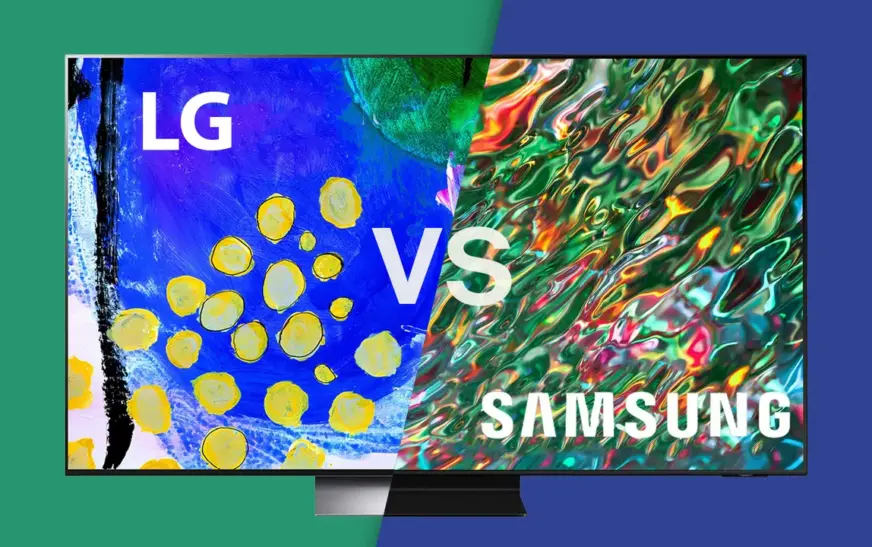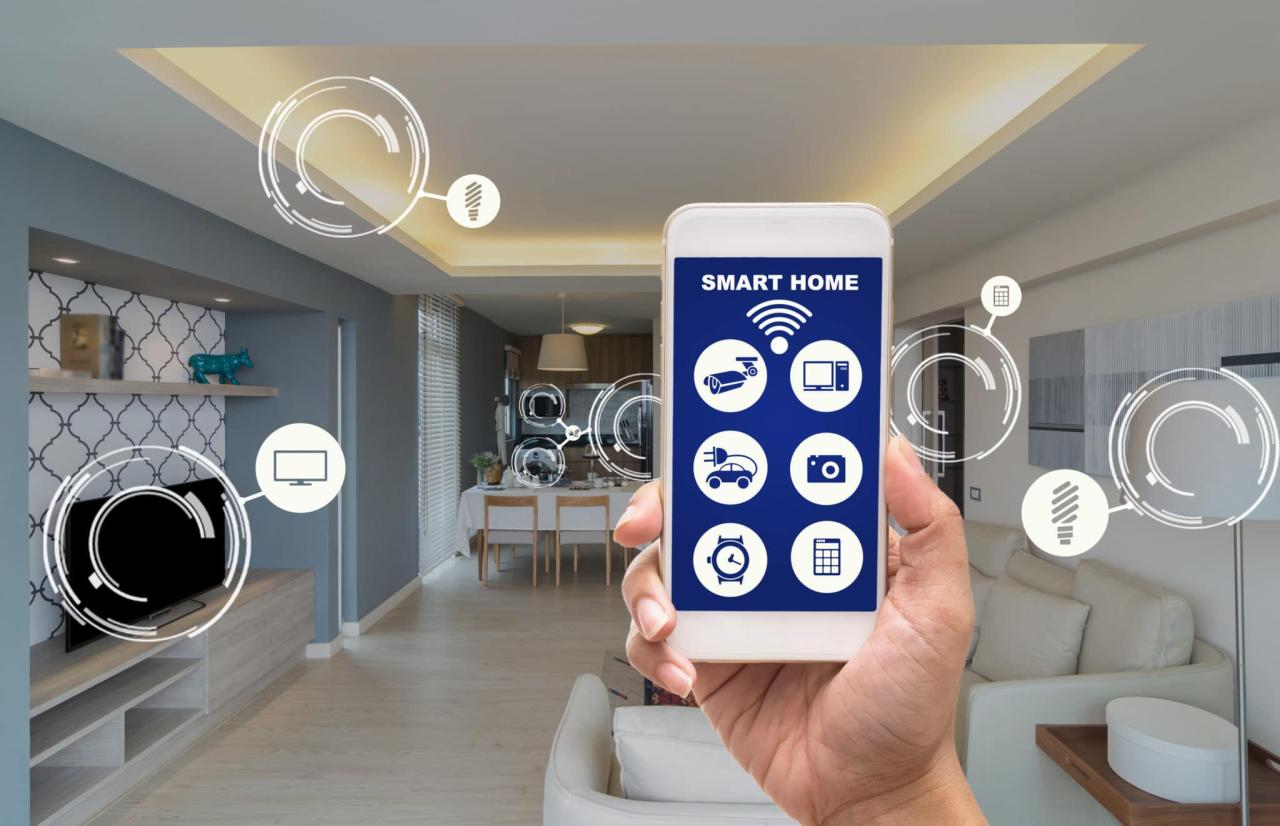The world of education is changing faster than ever, and smart education tools are leading the charge. No longer confined to traditional methods, learning is becoming more personalized, interactive, and tech-driven. Today’s students and educators are embracing technology that’s enhancing engagement, making learning more accessible, and empowering teachers with powerful resources.
In this article, we’ll dive into how these smart tools, such as Google Classroom and Kahoot!, are reshaping the educational landscape and what the future of learning holds for both students and teachers.
What Are Smart Education Tools?
Smart education tools are digital technologies designed to make learning more efficient, interactive, and personalized. They integrate emerging tech like artificial intelligence (AI), machine learning, and virtual reality (VR) to create dynamic and engaging learning environments.
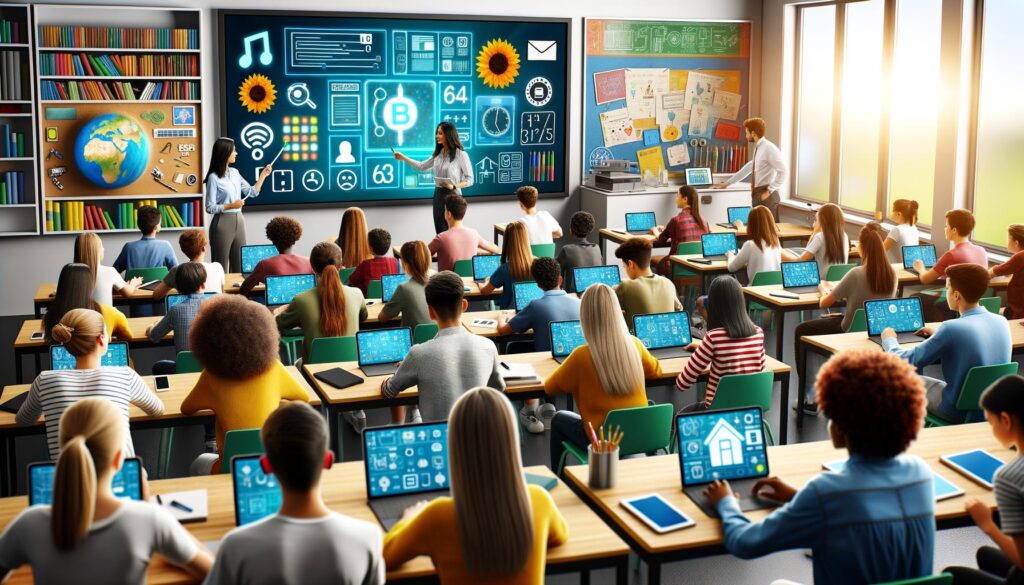
Some key examples include:
- Smartboards & Interactive Displays: Digital boards that turn lessons into interactive experiences.
- Learning Management Systems (LMS): Platforms that deliver, track, and manage online courses and learning materials.
- AI Tutors and Chatbots: Virtual assistants that offer personalized help to students 24/7.
- VR & AR: Immersive technologies that transport students to new worlds for hands-on, experiential learning.
Google Classroom and Kahoot! are two examples of tools that have transformed how students engage with their coursework.
How Smart Education Tools Are Impacting Learning
Smart tools are more than just gadgets—they’re transforming the way education happens. Here’s how they’re making a big impact:
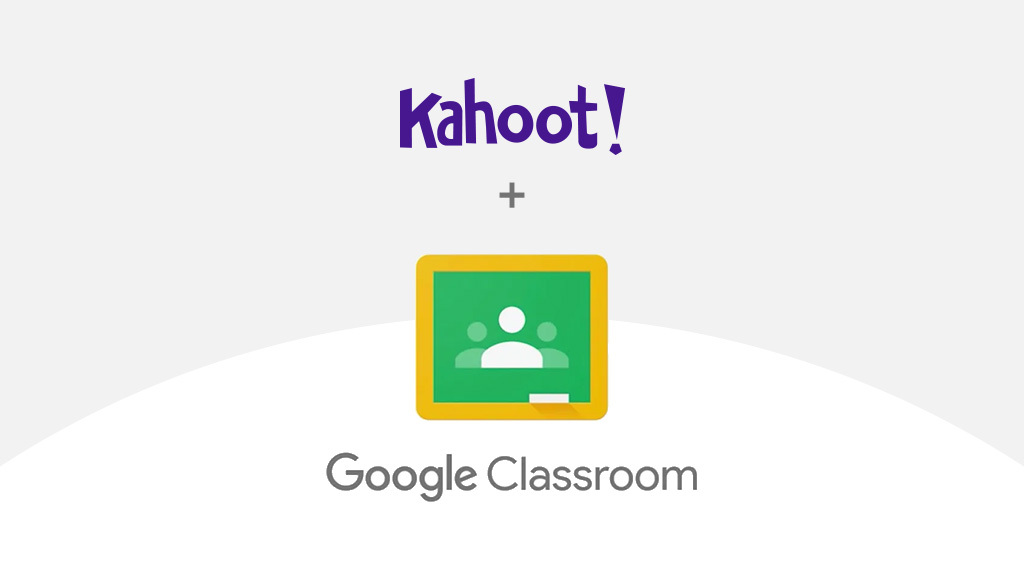
1. Personalizing Learning for Every Student
Gone are the days of one-size-fits-all learning. With the help of smart tools, education can be tailored to each student’s unique needs, strengths, and pace.
- Google Classroom allows teachers to customize assignments and track individual student progress. Teachers can differentiate lessons based on the needs of their students, making learning more personalized.
- Kahoot! engages students through interactive quizzes and assessments that can be customized, allowing teachers to personalize content in a fun and gamified way.
2. Boosting Engagement and Motivation
Traditional classroom lectures can be passive, but with smart tools, learning is interactive, exciting, and dynamic. These tools turn students into active participants, keeping them engaged and motivated.
- Kahoot! makes learning a fun and competitive experience by turning quizzes into games where students can earn points and rewards.
- Google Classroom makes it easier for students to engage with teachers and peers through discussions, assignments, and real-time feedback on their work.
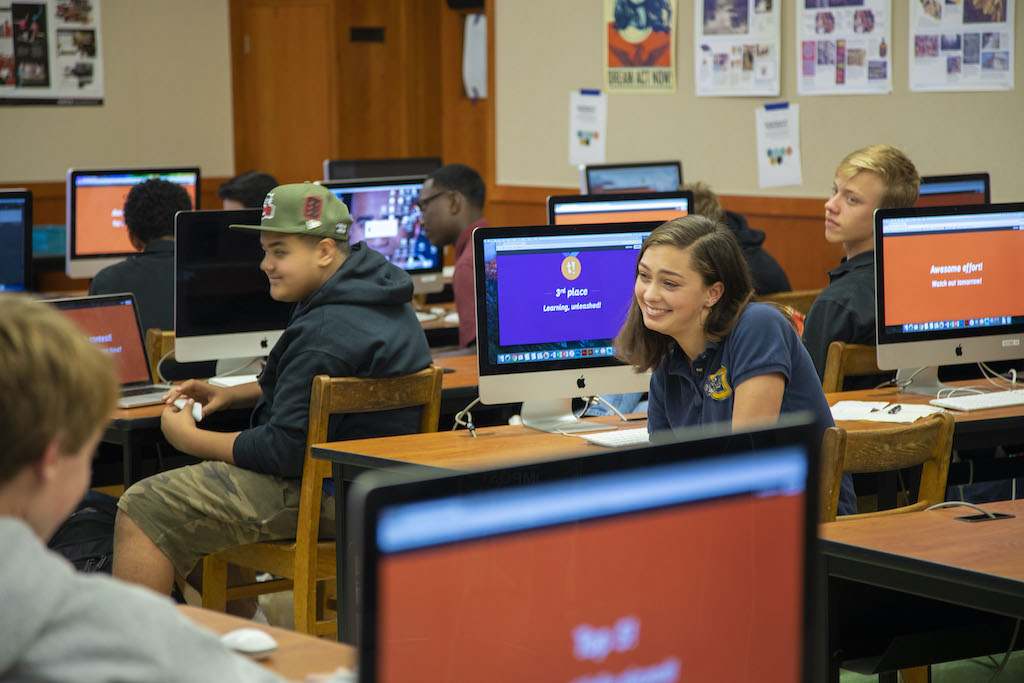
3. Fostering Collaboration
Smart education tools make collaboration easier and more seamless. Students can connect and work together—no matter where they are.
- Google Classroom provides a central space where students can collaborate on group assignments and share files. It also promotes communication between students and teachers through announcements and feedback.
- Kahoot! encourages collaboration by allowing students to compete or work together in teams during live quizzes, creating a dynamic learning environment.
4. Real-Time Feedback and Assessment
With smart tools, students receive instant feedback, helping them learn from their mistakes and improve quickly.
- Google Classroom allows teachers to give immediate feedback on assignments and assessments, ensuring that students know where they need to improve.
- Kahoot! provides instant results for quizzes, letting students know how they performed and where they can improve, all while keeping the experience enjoyable and interactive.
The Benefits of Smart Education Tools
The benefits of using smart education tools extend beyond just students. Teachers, schools, and educational institutions also stand to gain from the transformative impact of these tools.
1. Accessibility and Flexibility
Smart tools make education accessible anytime, anywhere. With the power of the internet and mobile devices, learning doesn’t have to stop at the classroom door.
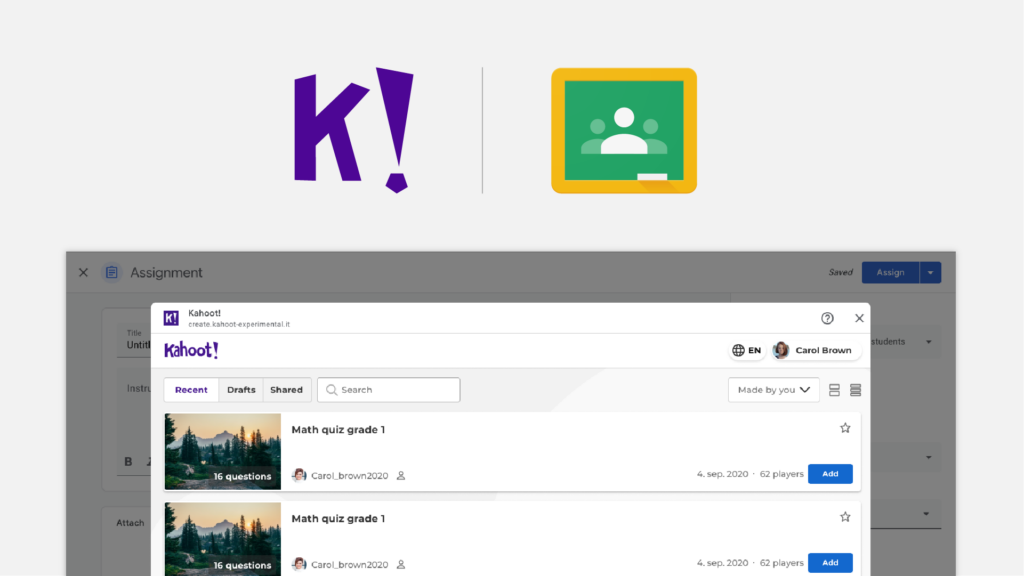
- Google Classroom allows students to access assignments, grades, and resources on any device, making it easy to continue learning outside the classroom.
- Kahoot! allows students to take part in quizzes and games from anywhere, making learning on-the-go both fun and educational.
2. Cost-Effectiveness
Smart tools also make education more affordable. Many digital resources come at a fraction of the cost of traditional textbooks, and online learning platforms eliminate the need for expensive infrastructure.
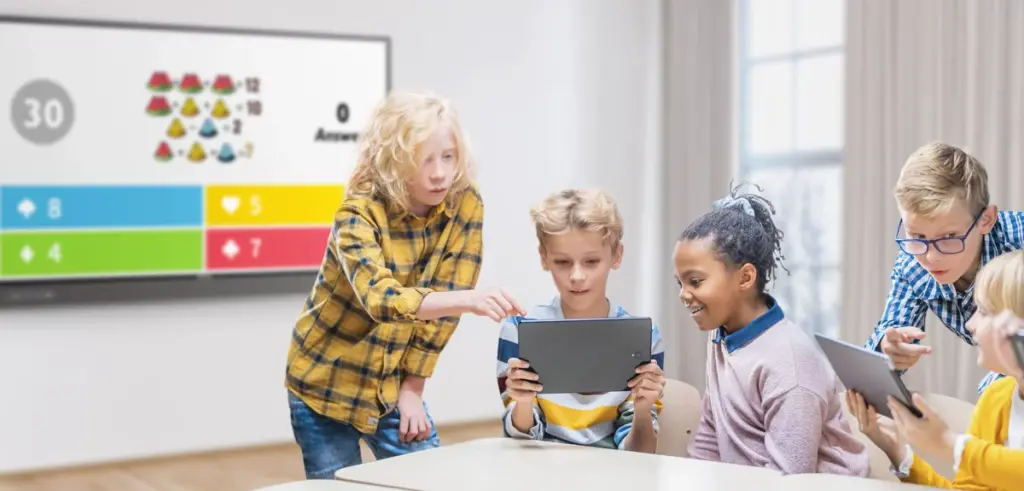
- Google Classroom is free to use for educational institutions, reducing the cost of physical classroom management tools and providing a more budget-friendly option for schools.
- Kahoot! offers a free version for teachers to use, making gamified learning accessible without additional costs.
3. Scalability
Whether you’re teaching a handful of students or a large online class, smart education tools are designed to scale.
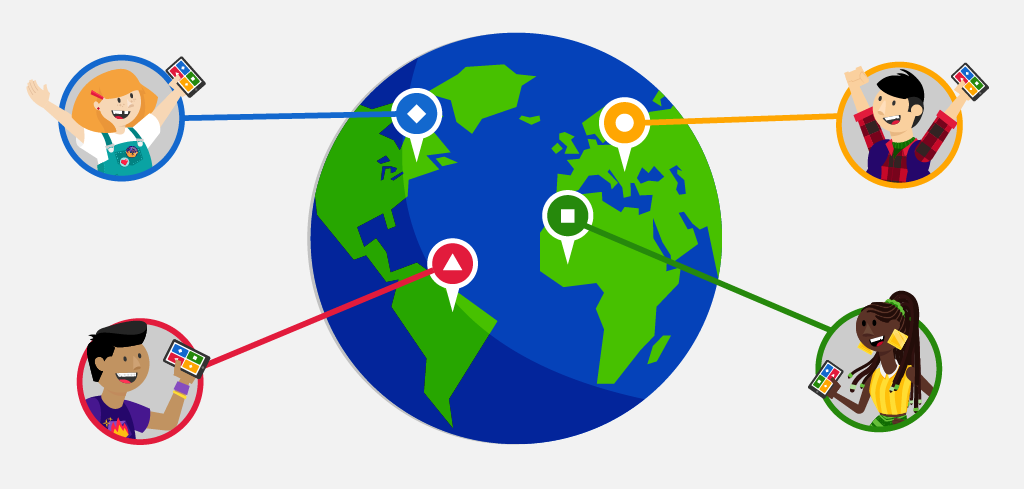
- Google Classroom can be used for small group sessions or large-scale virtual classrooms, making it flexible for various educational settings.
- Kahoot! supports large-scale quiz sessions, allowing thousands of students to participate in real-time quizzes simultaneously.
The Future of Smart Education
What does the future hold for smart education? With rapid advancements in technology, we can expect even more exciting developments:
1. Artificial Intelligence in Education
AI is set to play an even bigger role in shaping the future of education. From virtual tutors to automatic content generation, AI will continue to personalize the learning experience.
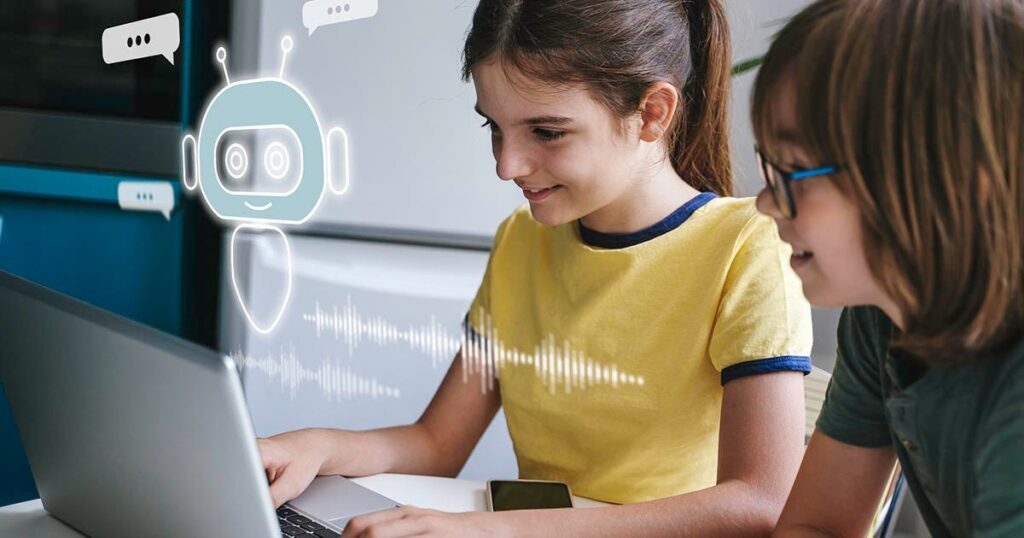
- Google Classroom is already incorporating AI to help automate tasks like grading and feedback, which will free up more time for educators to focus on teaching.
- Kahoot! is increasingly using AI to tailor quizzes to the individual learning needs of students, ensuring that assessments are relevant and personalized.
2. Virtual and Augmented Reality’s Growth
As VR and AR technologies become more advanced and accessible, they’ll offer students new, immersive ways to learn.
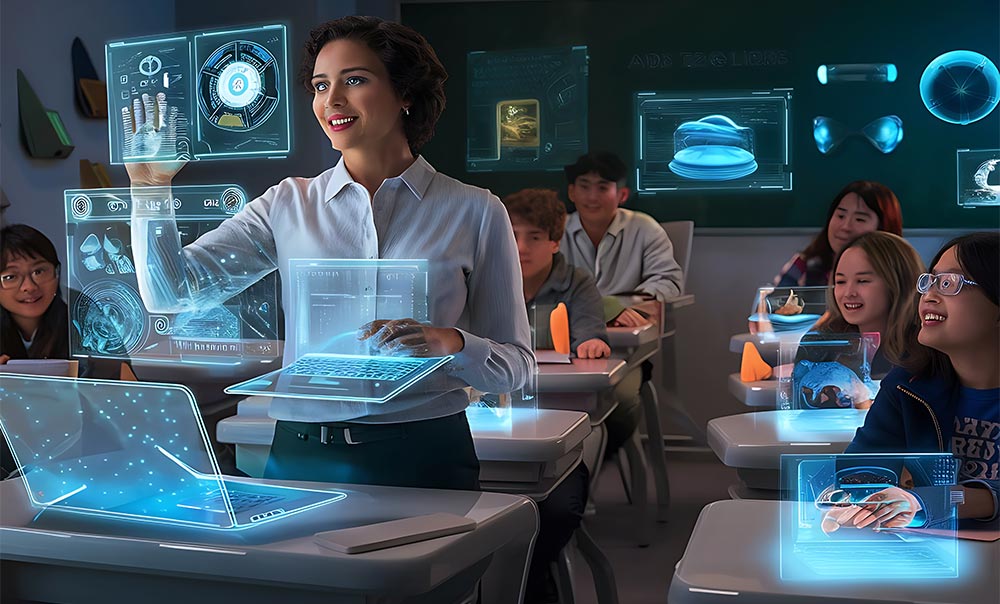
- Google Classroom is integrating with VR platforms to provide immersive learning experiences, such as virtual field trips and interactive lessons.
- Kahoot! is experimenting with AR to create more interactive and engaging quizzes that go beyond the screen and into the real world.
3. Global Education Networks
The rise of smart education tools will help create a more connected global classroom. Students and educators from across the world will be able to share knowledge, collaborate, and learn together.

- Google Classroom connects educators and students globally, allowing them to share resources and collaborate on international projects.
- Kahoot! hosts global quiz tournaments where students can compete with peers from different countries, fostering cross-cultural learning.
Embracing the Future of Learning
Smart education tools are not just enhancing education—they’re transforming it. Tools like Google Classroom and Kahoot! are making learning more personalized, engaging, and accessible. As technology continues to evolve, we can expect even more exciting developments that will make learning smarter, faster, and more effective.
Whether you’re a student looking for a more tailored learning experience, or a teacher aiming to make your lessons more engaging, the future of education is here—and it’s smart!

